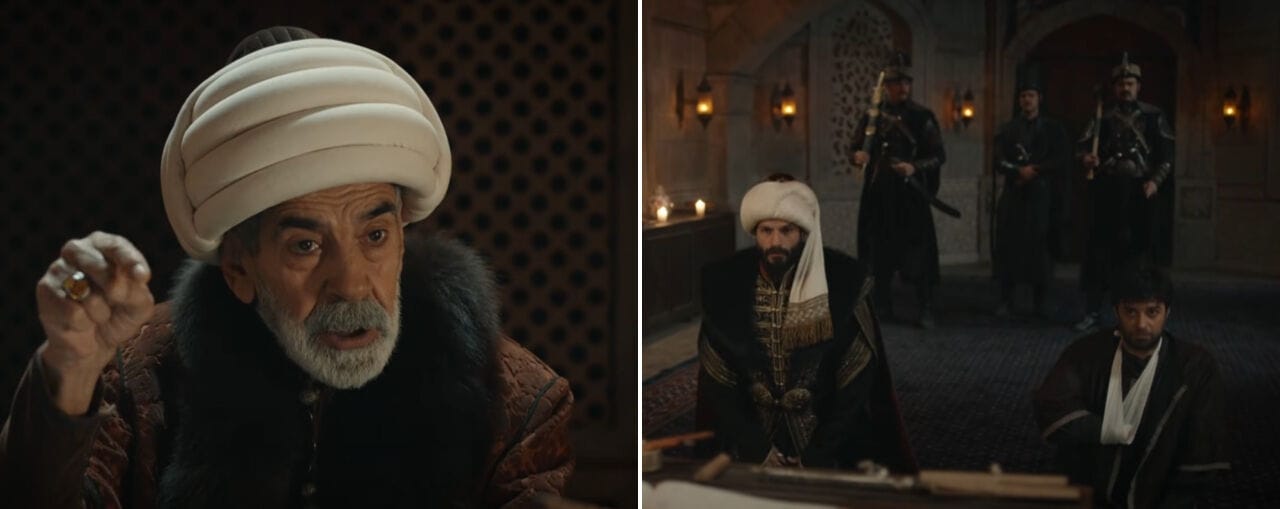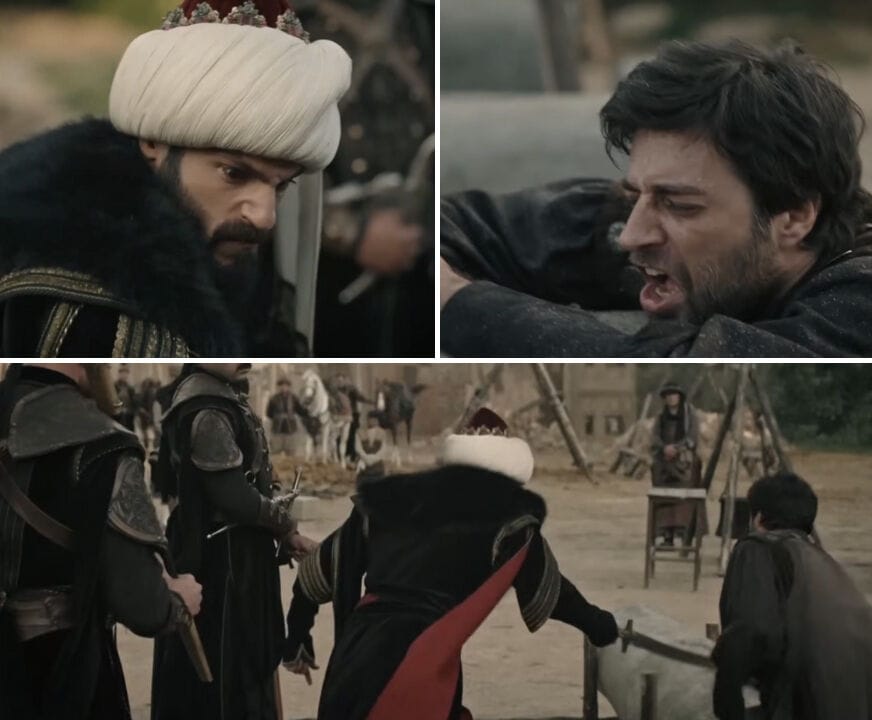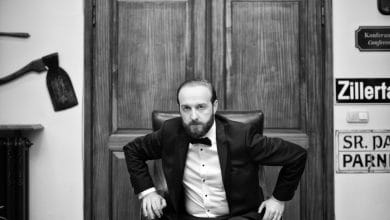Did Sultan Mehmed Really Cut the Architect’s Hand?
The drama portrays Sultan Mehmed not as a tyrant, but as a just ruler

The dramatic court scene in Mehmed: Sultan of Conquests raises questions about historical truth
In one of the most intense scenes from Mehmed: Fetihler Sultânı, viewers watched as Sultan Mehmed the Conqueror ordered the hand of an imperial architect to be cut — not in rage, but through the law. The architect, accused by the Greek architect of altering the Hagia Sophia’s minarets, stood before the Sultan in a gripping court scene. But was this powerful moment grounded in reality?

The drama portrays Sultan Mehmed not as a tyrant, but as a just ruler — submitting himself to Islamic law. He allows the case to proceed, and when found responsible, he does not object to punishment. Yet, as the qadi prepares to deliver the sentence, Sultan Mehmed famously responds: “I pardon him.” The message is clear: no one is above justice, not even the Sultan — but forgiveness holds its place too.
This dramatic episode sparked widespread curiosity. Did this actually happen? According to historians, the story has roots in Ottoman sources and court chronicles, but the details remain debated. What’s undeniable is that the series captures the essence of Mehmed’s legacy — a leader both feared and respected, who balanced absolute power with legal restraint.
Mehmed: Fetihler Sultânı continues to turn historical fragments into emotionally charged narratives, reminding the audience why these stories have endured for centuries. Whether entirely factual or dramatized, the court scene echoes the values of a ruler who conquered empires but never forgot the limits of earthly rule.
Mini FAQ
Did Sultan Mehmed really cut the architect’s hand?
Historical sources mention a similar event, but the exact truth remains debated among scholars.
Why was the court scene important?
It demonstrated Mehmed’s submission to Islamic law and his understanding of justice and mercy.
What values did the episode reflect?
Justice, humility, leadership, and the moral limits of power.





